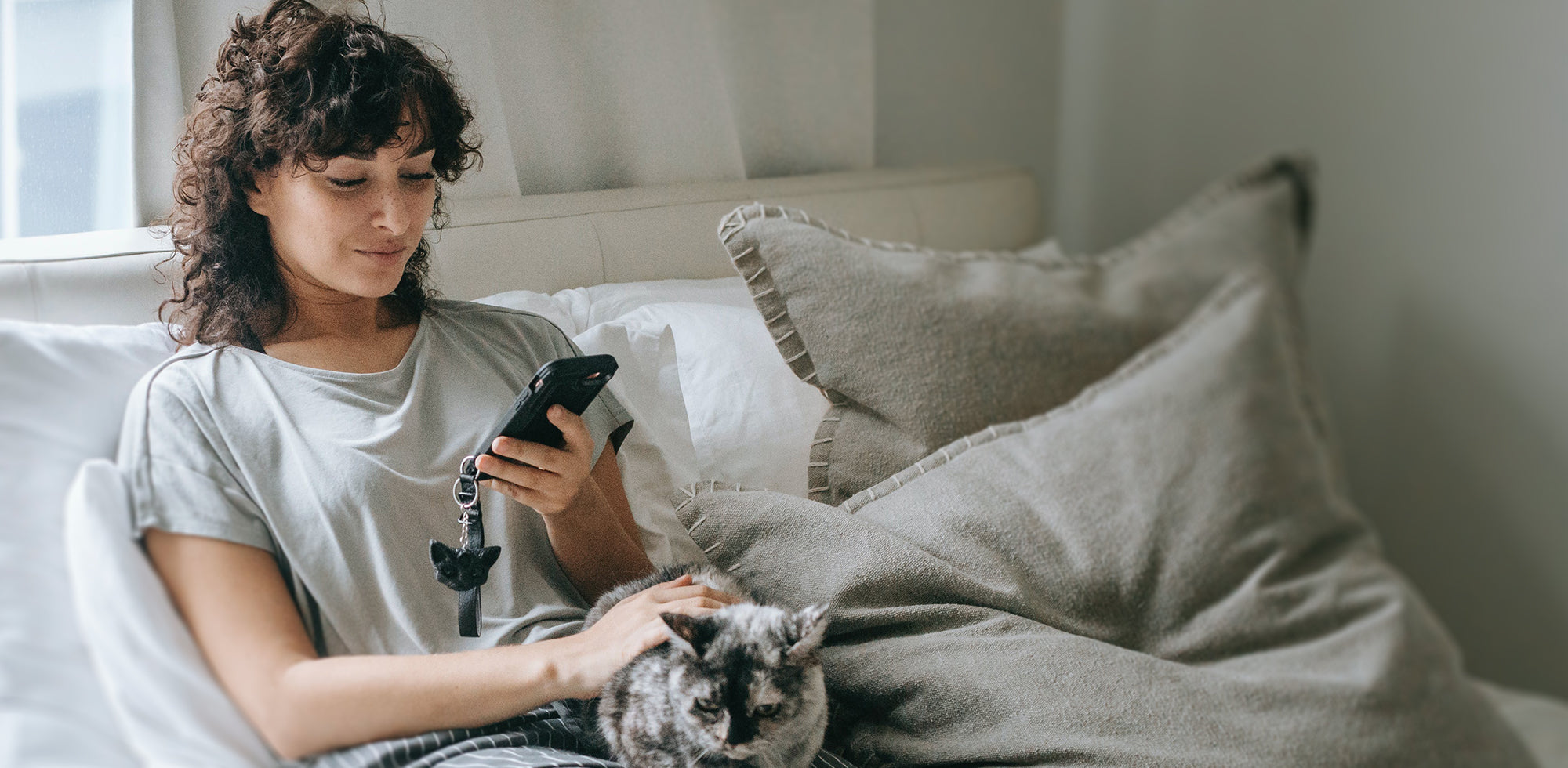Screen protector bubbles are so annoying I could just throw my phone out of my 32-story apartment window. Not only do they make your device look like a cheap toy from The Dollar Tree, but screen protector bubbles can also lead to serious damage to your actual screen. So, if your screen protector is plagued with bothersome bubbles, what can you do to get rid of them? Read on for 4 tips on how to remove screen protector bubbles, but first, let's have a glance at what actually causes bubbles in screen protectors.
What Causes Air Bubbles in Glass Screen Protectors
Generally speaking, air bubbles in screen protectors are the result of the following factors:
- Improper application of the glass screen protector.
- Dust particles are trapped between the actual screen and the screen protector.
- A low-quality glass screen protector with ineffective adhesive.
- Screen protector incompatible with phone model.
In order to avoid air bubbles in your screen protector altogether, you'll want to make sure that you purchase a screen protector that is compatible with your display size as buying a screen protector that is either too large or small will not protect your screen properly.
You're also going to want to make sure that your device display is completely clean before installing a screen protector. A lint-free cloth, like a microfiber cleaning cloth, works great for cleaning screens. Use one to wipe the entire screen free of dust particles before installing the screen protector.
When it comes to installing the actual screen protector, the application process varies depending on the type of screen protector you choose. We strongly recommend using a tempered glass screen protector as they are the easiest to install and are the most durable type of screen protector available. To avoid getting tempered glass bubbles, make sure that you line up the screen protector correctly with the outer edge and carefully place it on the device display. Allow the screen protector to adhere to the screen naturally - do not push or shift the screen protector as this is the kind of thing that can lead to screen bubbles and other issues related to uneven application.
Lastly, getting a screen protector with a bubble-free application should eliminate any possibility of getting air bubbles in your screen protector. Higher quality screen protectors offer this and come at a higher cost, but it is well worth it as they will offer much better protection against physical damage to your screen. OMOTON carries premium quality 9H tempered glass screen protectors that offer air bubble-free applications for all Apple, Samsung, Google, and Microsoft models. Check out the selection and up your phone or tablet protection with no air bubbles with an OMOTON screen protector.
4 Quick Tips on How to Remove Air Bubbles From Glass Screen Protectors
Air bubbles under your phone screen protector are ugly, frustrating, and harmful to your device screen. It can be rather difficult to remove bubbles from screen protector, but luckily, there are a few quick tips we can offer if you have screen protector bubbles on the side, edge, or middle.
Tip 1: Reapply the screen protector
The most surefire way to remove bubbles from screen protector is to simply take off the screen protector, clean the screen, then put it back on again - although you shouldn't do this too many times as the adhesive will wear off. Here are some step-by-step instructions for how you can remove the screen protector and reapply it to get rid of air bubbles.
Step 1 – Warm up the Screen With a Hair Dyer. It is best to use a hair dryer for around 15 seconds on the lowest heat setting. The adhesive on the screen protector will become less strong as a result, enabling safe screen protector removal. An extra step you can take at this point is to turn off all fans and air conditioners in the room to make sure no airborne dust particles interfere with this reapplication process.
Step 2 – Lift up the Screen Protector. Use something hard but thin to fit between the protector and your phone screen in a corner. Choose a clean plastic card, like a credit card, debit card, or gift card to do this. It's important that you don't use anything metal, such as coins or safety pins, because they can scratch the actual screen of your device. Work it slowly along the edges until you can pull the screen protector off with your fingertips.
Step 3 – Take the Screen Protector Off. Take the screen protector off with caution and slowly. Make sure to begin at one end of your phone and work your way to the other. The screen protector should not be bent or it could break.
Step 4 – Clean the Phone Screen. Use a dry microfiber cloth or soft lint-free cloth and some screen cleaning solution to wipe any adhesive that didn’t come off with the screen protector once it has been removed safely.
Step 5 - Use a Strip of Scotch Tape to Take Off Any Micro Dust Particles From the Sticky Side of the Screen Protector. Simply take a strip of scotch tape and make a ring with the sticky side facing outward. Put the scotch tape ring on your finger and dab the adhesive side of the screen protector to make sure all the dust comes off. This is the most crucial step in the application process because these tiny dust particles can cause screen protector bubbles.
Step 6 - Reapply the Screen Protector. Carefully reapply the screen protector, preferably using an application tool if you have one at your disposal. If not, you can still reapply it pretty easily by lining up the edges and allowing the adhesive to stick to the phone screen on its own.

Tip 2: Remove Screen Protector Bubbles With Vegetable Oil
This is a wonderful little DIY trick to removing screen protector bubbles on edges using household items and doesn't involve taking the screen protector off! Simply, dab a Q-tip in a bit of vegetable oil and run it along the edges of the screen protector. The oil will actually smooth out the air bubbles on the edges and seal the screen protector shut. Wipe off any excess oil and that's all there is to it.
Tip 3: Bust Those Bubbles
If you've got a few bubbles under your screen protector caused by a couple of dust particles, you might not need to fully remove it or do anything too fancy. You can just use something like a debit card, gift card, or credit card to push out the bubbles. Line the plastic card up horizontally along the screen protector and run it over the bubbles. You'll notice that the air bubbles might change shape or simply move to another position; just keep working them toward the edge of the device and you will eventually either push them out of the device or force the bubble to flatten out.
Tip 4: Use an OMOTON Screen Protector
You won't need to worry about screen protector bubble removal if you use an OMOTON screen protector. They are made of 9H tempered glass, which is far superior to plastic screen protectors in almost every way. They are significantly less likely to get air bubbles because they are designed for bubble-free application. Furthermore, OMOTON screen protectors come with exceptionally clear step-by-step instructions as well as a video showing you how to properly install them - remember, the number one cause of screen protector bubbles is improper application. Not only will you not have to worry about air bubbles with an OMOTON screen protector, but you can rest assured that your phone or tablet's glass display will be well guarded against scratching, cracking, chipping, and oils, all thanks to their 9H hardness and oleophobic coating.
As you can see, screen protector bubbles can be dealt with in a variety of ways, so don't hesitate, and take some action - it's actually a really satisfying process, and feels amazing to have a nice smooth phone or tablet screen. To avoid any risk of getting screen protector bubbles, we highly recommend not using plastic screen protectors and using a tempered glass screen protector instead. OMOTON's vast selection of bubble-free tempered glass screen protectors would be an excellent place to start.







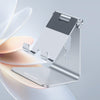

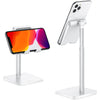
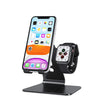
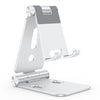

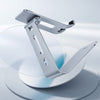

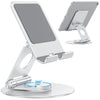
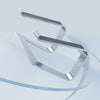
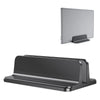
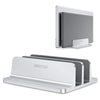
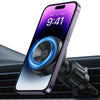
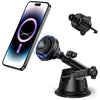
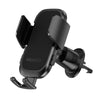
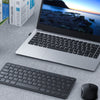
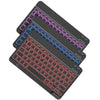
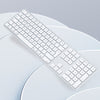
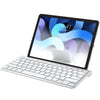
![[iOS System] Seamless KB066](http://omoton.com/cdn/shop/files/B00B24I4II-1_100x.jpg?v=1686815508)
![[Mac System] Seamless KB066](http://omoton.com/cdn/shop/files/B09899K4L6-1_c724630c-c160-4901-9900-f670acc91416_100x.jpg?v=1686732854)
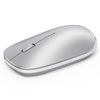
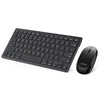
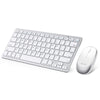
![[2 pcs] Full Protection A020-iPad Pro 11](http://omoton.com/cdn/shop/products/3a69674b6a96497b2ffd7f3025a80d58_e9954f3e-86f5-43e6-9a80-575bcfebd158_100x.jpg?v=1686381536)
![[2 pcs] Full Protection A017 - iPad 10.2 inch](http://omoton.com/cdn/shop/files/61tTSoyyuuL._AC_SL1500_100x.jpg?v=1686021560)
![[3 pcs] Rugged & Robust A013-iPhone 11/XR](http://omoton.com/cdn/shop/files/61po0_qv46L_100x.jpg?v=1686032850)
![[3 pcs] Rugged & Robust A013-iPhone 14](http://omoton.com/cdn/shop/files/16c0b02250912a03578c8b2af6825f11_100x.jpg?v=1686708163)
![[3 pcs] Rugged & Robust A036-iPhone 14 Pro](http://omoton.com/cdn/shop/files/1_2_100x.jpg?v=1686022078)
![[3 pcs] Rugged & Robust A013-iPhone 14 Pro Max](http://omoton.com/cdn/shop/files/1_2_2_100x.jpg?v=1686023071)
![[3 pcs] Rugged & Robust-iPhone 13](http://omoton.com/cdn/shop/files/71HO0AZn0BL_100x.jpg?v=1688522739)
![[3 pcs] Rugged & Robust-iPhone 13 Pro](http://omoton.com/cdn/shop/files/71pE0jfT24L._AC_SX679_100x.jpg?v=1688523892)
![[3 pcs] Rugged & Robust-iPhone 13 Pro Max](http://omoton.com/cdn/shop/files/71c1zssdVHL._AC_SX679_100x.jpg?v=1688527213)
![[3 pcs] Rugged & Robust A024-Samsung Galaxy A14](http://omoton.com/cdn/shop/files/1_2_68d89e60-61af-4cba-9867-9a91941aee01_100x.jpg?v=1686030778)


















